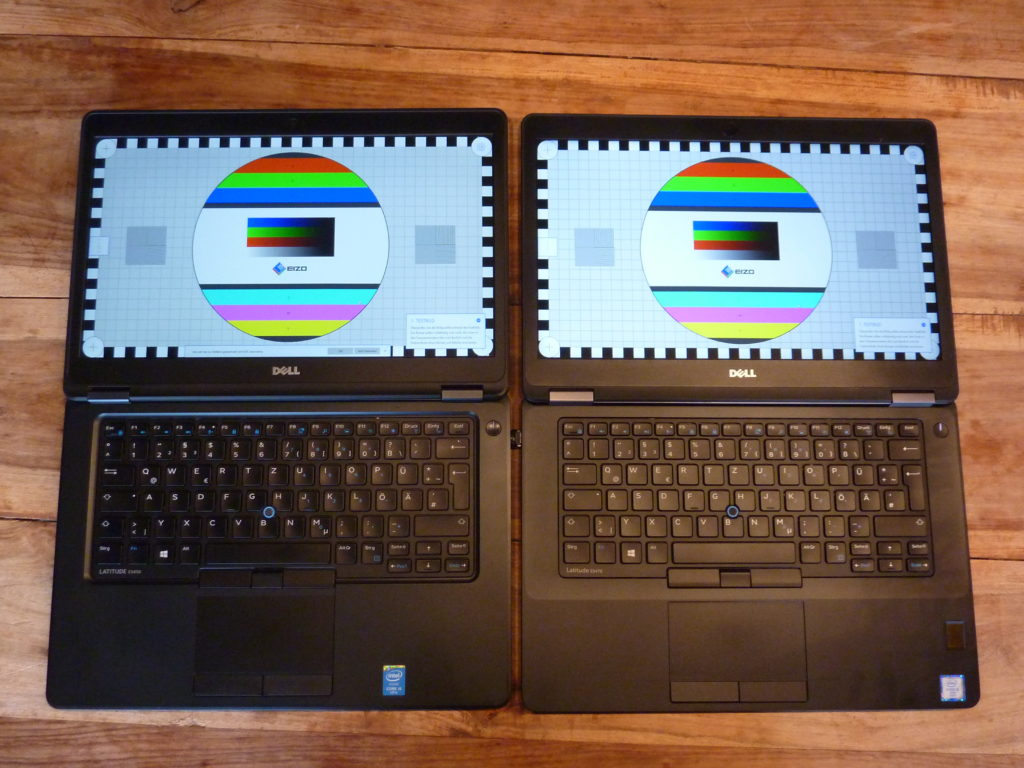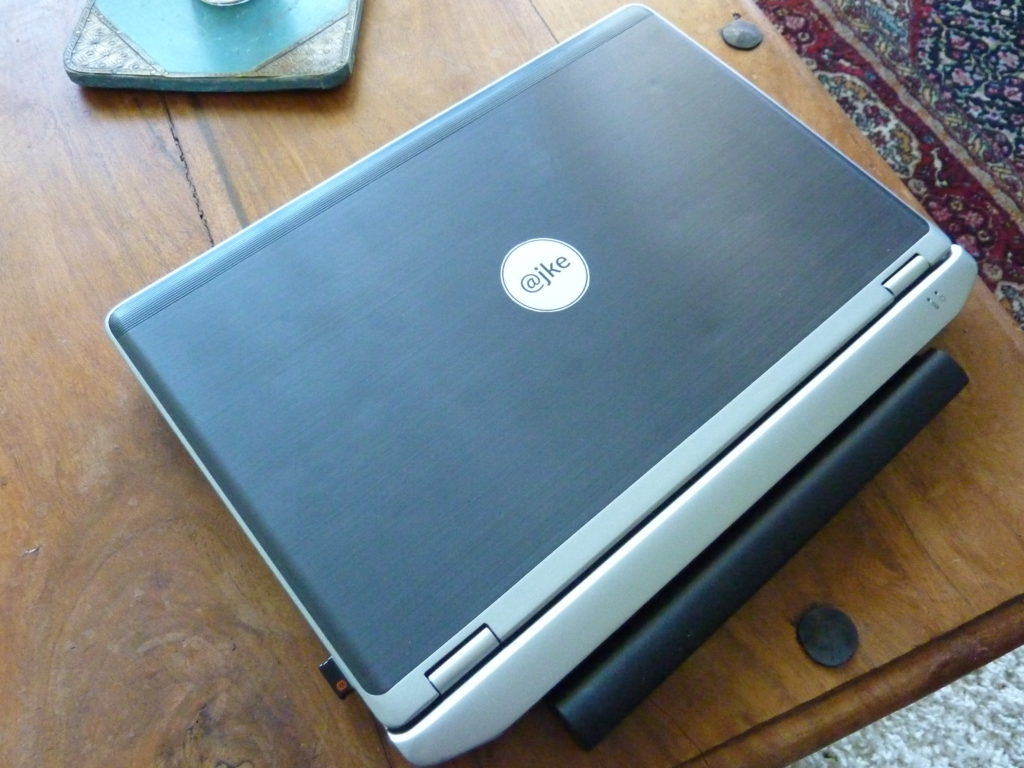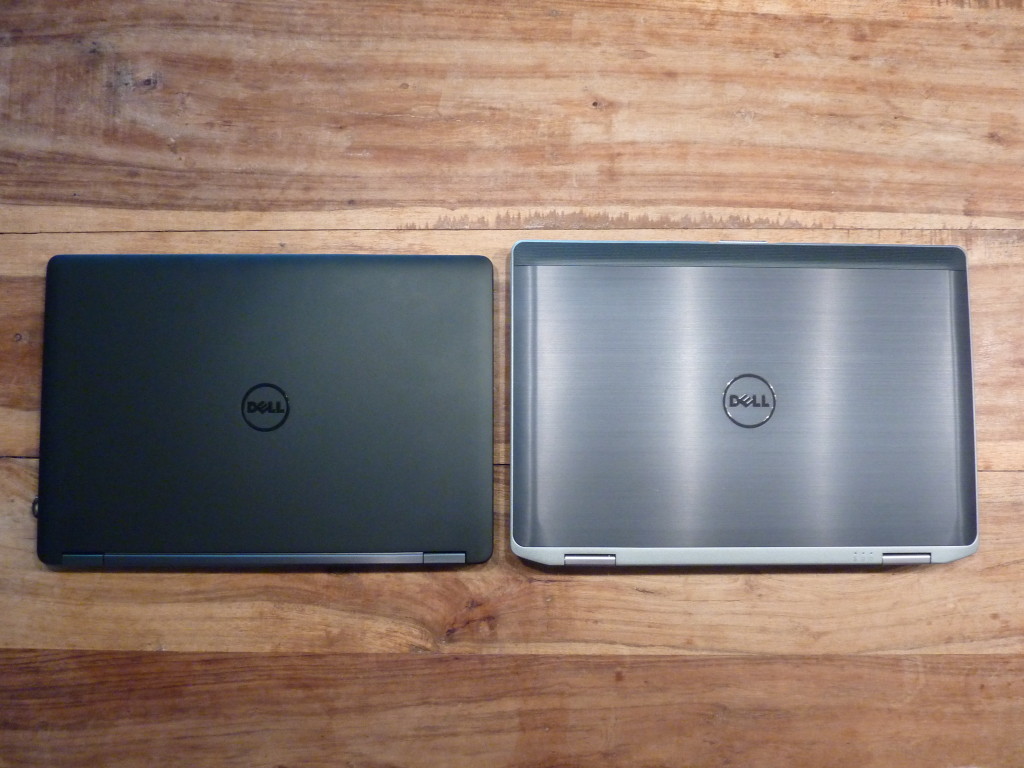In the age of tablet computers and the fact that I do spend about 80% of my computing needs on a stationary computer setup, it may sound a bit ironic that I am still wasting time on wondering about “the ideal mobile computer setup”. Whereas “ideal” stands for affordable and somehow powerful machines that do have that extra gimmick I think I need.
I am currently using an HP Elitebook 6930p (14,1″ Core Duo @ 2,26 GHz), an HP tc4400 (12,1″ convertible tablet laptop) and an Apple iPad2. When in Frankfurt, I use both laptops on an HP docking station which is connected to a 22″ TFT.
The iPad is the first machine I bought as new hardware – all other being 2nd hand or refurbished PCs for about half the price. The iPad is the best piece of hardware I’ve ever bought because it’s instantly online and because it’s good at what it is able to do.
I work with Win7 most of the time because my main client also does. My output needs to look fine on their machines. I have to use MS Outlook (even though I’d like to use something else). I have to use MS Office suites.
I want a laptop with a nice screen (IPS?!, no colour calibration needed, low energy consumption, not higher than 130 dpi). With a nice battery runtime (> 3h). With good and/or switchable gfx. With an illuminated keyboard. With a nice keyboard layout (CTRL + FN keys should be switchable). Touchpad that supports multitouch. 3 USB ports.
Screen and keyboard are my two interfaces that need to be rock solid. My current HPs only have average CCFL-screens – even though their color reproduction is kinda ok.
Going by the above mentioned criteria and the current lack of really cool machines, I’ll probably have to go for an Apple MacBookPro one day. But then – MacBooks? Me?? I grew up with an Atari 1040 STF, there’s the iPad and an iPhone4 – so there’s some sympathy, but else I dislike that there’s no real docking station available for most MacBooks (right?), that the display doesn’t fully open, that all current MacBooks come with a glare type display coating and probably also a few other things that aren’t that great. What I like about them are the magnetic power cord plugs, the illuminated keyboard, the display quality, the battery consumption and the integrated circuit that regulates battery recharging (right?? or is this on Lenovo ThinkPads only?).
So my WHAT-IF question to you is: if money wasn’t the issue, which IT setup would you currently go for and why? Thx!
(there’s a small site run by someone from a German laptop forum which regularly lists good laptop recommendations, but some of those selections are a bit strange. I am currently torn between a modern Lenovo, a MacBook(Pro) or even a business Acer – maybe also HP or Dell (e.g. Dell Latitude E6420), but only if their latest ones don’t have issues like that the internal 3G modem is only activated once the battery is inserted, which is so ridiculous…).






